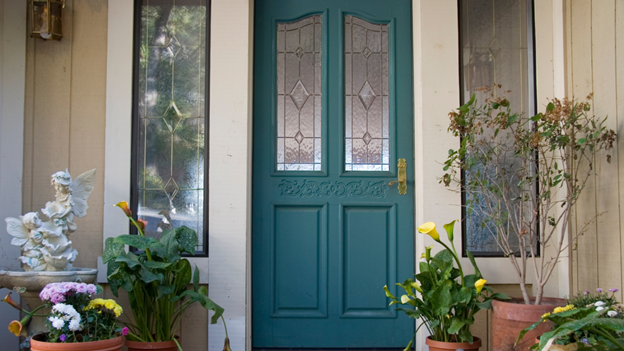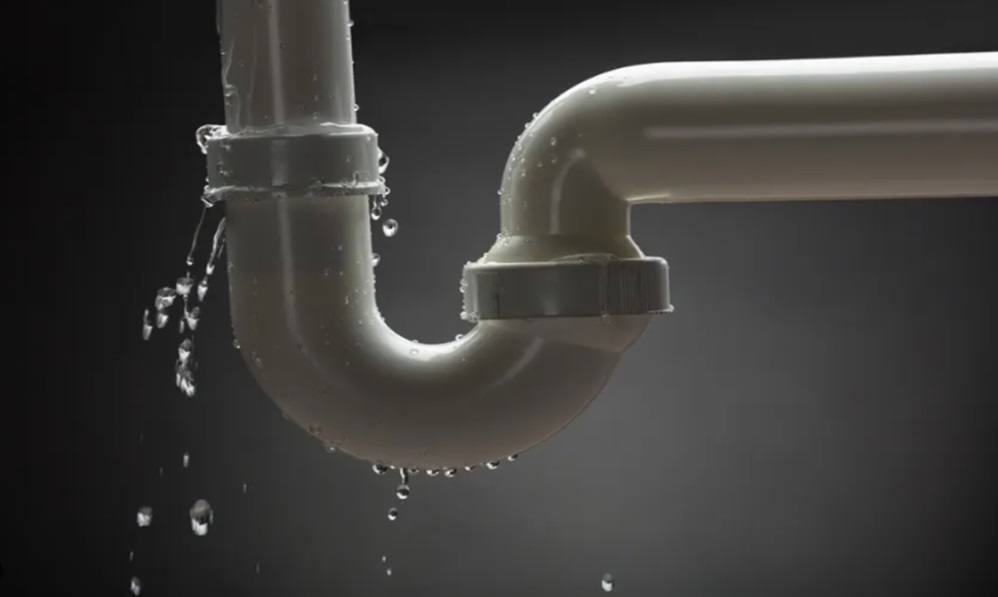Garage door sensors, often called safety or photo-eye sensors, play a vital role in contemporary garage door setups. These sensors are positioned near the floor on both sides of the garage door entrance and are designed to identify any objects or individuals in the door’s closing path. Their primary purpose is to trigger an automatic reversal of the door’s movement, ensuring safety by preventing potential injuries or damages. When the sensors detect an obstruction, they signal the garage door opener, causing the door to stop and reverse. This feature is essential for ensuring the safety of pets, children, and other individuals or objects that may inadvertently cross the door’s path.
Troubleshooting garage door sensor issues
Check the sensor alignment
Proper sensor alignment is crucial for their correct functioning. Ensure the sensors are mounted securely and positioned at the correct height, with the beams aligned directly. If the sensors are misaligned, gently adjust them until the indicator lights are steady and the sensors are precisely aligned.
Clean the sensor lenses
Dirt, dust, or debris on the sensor lenses interfere with their ability to detect obstructions. Use a soft, clean cloth to gently wipe down the lenses, not scratching or damaging them.
Inspect the sensor wiring
Look for any signs of damage, such as fraying, cuts, or loose connections. If you find any issues, have a Garage Door Repair service address the problem to ensure proper electrical safety.
Test the sensors
Use the testing function on your garage door opener to check whether the sensors work correctly. Most openers have a test button or switch that will cause the door to close, and the sensors should detect the obstruction and reverse the door’s direction.
Check for interference
Electromagnetic interference from other electronic devices, such as radios, TVs, or even garage door openers, disrupts the performance of sensors. Try moving any potential sources of interference away from the sensor area to see if that resolves the issue.
Replace the sensors
If the troubleshooting steps above don’t resolve the problem, the sensors may be faulty and need replacement. Consult your garage door opener manufacturer or a reputable repair service to obtain the correct replacement sensors and have them installed properly.
Preventing future garage door sensor issues
Incorporate regular cleaning and inspection of the garage door sensors into your home maintenance routine. Wipe down the lenses, check the wiring, and ensure the sensors align correctly. Safeguard your sensors from potential damage by providing vehicles, objects, or debris do not obstruct them. Consider installing protective coverings or guards to shield the sensors from accidental impacts. If your garage door opener and sensors are several years old, consider upgrading to a newer, more technologically advanced system. Newer models often feature improved sensor technology and enhanced safety features. It’s best to consult a reputable garage door repair service for significant repairs or installations. These experts have the knowledge and experience to properly diagnose and fix sensor issues, ensuring your garage door system’s long-term reliability and safety.



